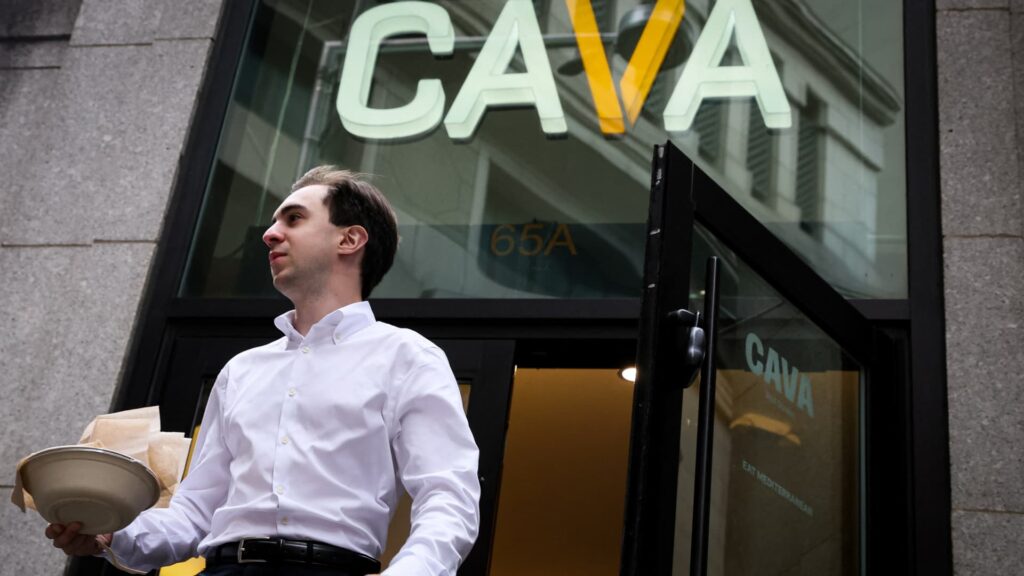
As economic uncertainty prompts consumers to tighten their purse strings, fast-casual restaurant chains are increasingly turning to loyalty programs to maintain customer engagement and drive sales. These programs, which offer discounts and perks for returning patrons, have evolved from a simple bonus to an essential business strategy.
Amidst a backdrop of cautious consumer spending, companies like Chipotle, Starbucks, and Cava are leveraging rewards systems to foster repeat visits and cultivate customer loyalty that extends beyond occasional discounts. “In tough times, loyalty programs become more essential,” said Peter Fader, a marketing professor at the Wharton School at the University of Pennsylvania. “They become a required ingredient to building and maintaining relationships.”
The Growing Importance of Loyalty Programs
According to Black Box Intelligence data, the restaurant industry experienced only one month of traffic growth in the year ending May, with November being the exception. As diners reduce the frequency of their restaurant visits, sales have struggled, with only 43% of restaurant brands reporting same-store sales growth in May.
Market research from Circana indicates that consumers enrolled in loyalty programs visit restaurants 22% more often annually compared to non-members. These loyalty program members frequent their chosen brands at twice the rate of those not enrolled, underscoring the programs’ effectiveness in driving customer retention.
Case Studies: Starbucks and Chipotle
Starbucks, a leader in the coffee industry, reported 34.2 million active rewards members in its second quarter, with over 59% of its U.S. company-owned transactions attributed to these members. Similarly, Potbelly has seen significant success, with over 42% of its total shop sales in the first quarter of 2025 coming from digital business, including loyalty program users.
Chipotle, with over 20 million active rewards members, attributes approximately 30% of its daily sales to its loyalty program. This strategy has allowed the burrito chain to avoid significant price hikes. “We have really strong brand loyalty among our members,” said Nicole West, Chipotle’s vice president of digital experiences. “We’re really focused on engaging with our members and doing that in a way that really resonates with them.”
Challenges and Opportunities
Driving loyalty has become critical for chains like Chipotle and Starbucks, especially in light of recent sales challenges. Chipotle reported a same-store sales decline for the first time since 2020, citing a “slowdown” in consumer spending. Meanwhile, Starbucks has faced five consecutive quarters of declining same-store sales.
Despite these challenges, Cava has managed to buck industry trends with robust sales growth. However, the chain faces pressure from Wall Street to sustain its rapid expansion, highlighting the delicate balance between growth and maintaining customer loyalty.
Looking Forward
The reliance on loyalty programs is expected to continue as restaurants navigate the current economic landscape. By fostering deeper connections with their customers, these programs not only encourage repeat business but also build brand affinity that can weather economic downturns.
As the industry evolves, the integration of technology and personalized experiences will likely play a pivotal role in enhancing the effectiveness of loyalty programs. Restaurants that can adapt and innovate in this space may find themselves better positioned to thrive, even amid economic challenges.
Ultimately, the success of these programs will depend on their ability to offer genuine value and resonate with consumers’ evolving expectations. As Peter Fader noted, in challenging times, the ability to build and maintain relationships through loyalty programs becomes not just beneficial, but essential.





